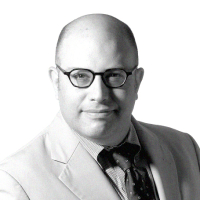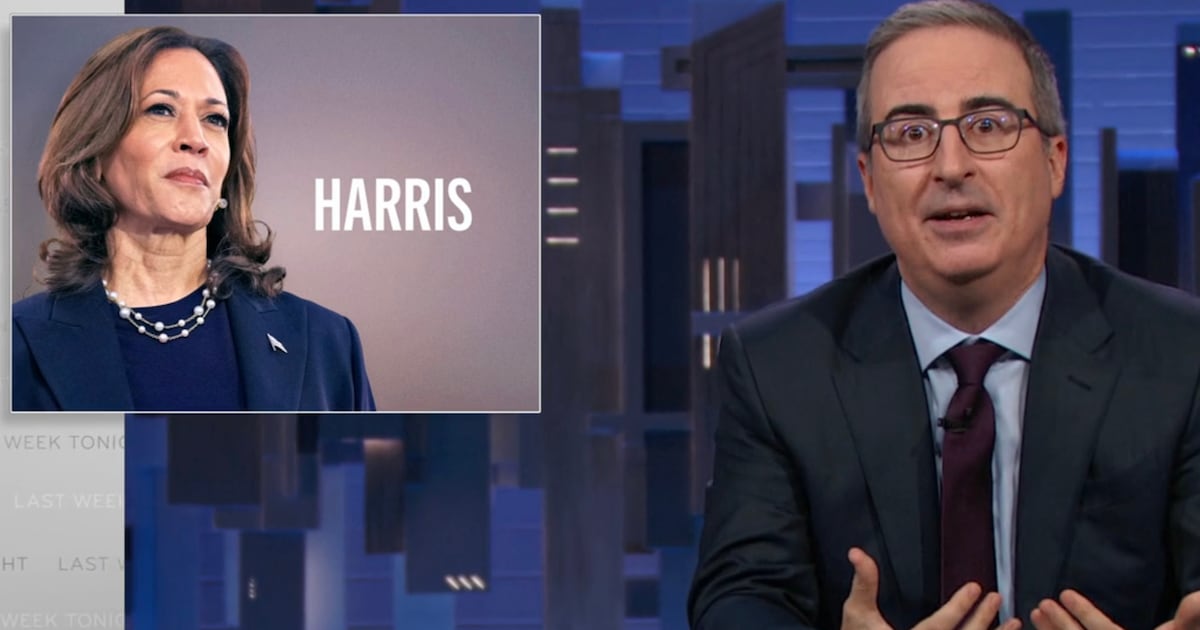At a secret February ceremony at CIA headquarters in Langley, Va., the chief of the CIA’s base in Benghazi the night of the 9/11 anniversary attacks there was awarded one of the agency’s highest intelligence medals, according to U.S. military and intelligence officials.

The honor given behind closed doors to “Bob,” the officer who was in charge of the Benghazi intelligence annex and CIA base that was attacked in the early morning of September 12, 2012 and then abandoned for nearly three weeks, illustrates the murky lines of command that preceded the attack, and helped make it a politically volatile issue. While the State Department was responsible for elements of the security for the diplomatic mission at Benghazi, the mission itself was used primarily for intelligence activities and most the U.S. officials there and at the nearby annex were CIA officers who used State Department cover.
That purposeful ambiguity between diplomatic and intelligence efforts abroad has meant that at home, the State Department has taken almost all of the public blame for an error that was in part the fault of the CIA. And while CIA contractors performed heroically on the evening of the Benghazi attacks, Bob was also responsible in part for one major failure the night of the Benghazi attack: his officers were responsible for vetting the February 17 Martyr’s Brigade, the militia that was supposed to be the first responder on the night of the attack, but melted away when the diplomatic mission was attacked.
ADVERTISEMENT
To be sure, the CIA has reviewed what went wrong in the Benghazi attacks in its own internal report. The House Permanent Select Committee on Intelligence has conducted three classified hearings with CIA officials regarding Benghazi. CIA deputy director Michael Morell is scheduled to testify in closed session before the committee on Wednesday regarding Benghazi.
But those hearings have been closed to the public as opposed to the grueling public hearings of the House Committee on Oversight and Government Reform. Earlier this month that committee held a hearing that featured YouTube–friendly moments from witnesses hostile to the administration like former deputy chief of mission Gregory Hicks, who described what was likely the last phone call of Ambassador Chris Stevens, one of four Americans who were killed that evening.
What’s more, the CIA’s own internal review was not led by outside figures like the State Department’s Accountability Review Board (ARB) headed by a former chairman of the Joint Chiefs of Staff, Admiral Mike Mullen, and a former U.S. ambassador, Thomas Pickering. Nor was the CIA review made public.

Jason Chaffetz, the Republican chairman of the House committee’s panel on national security and the first lawmaker to contact Hicks after the Benghazi attacks, said there are special challenges in performing oversight of the CIA. Even though the CIA’s role at the Benghazi mission and nearby annex has been widely reported in the U.S. and international press, its role in Benghazi remains a classified secret.
“If you are talking about a clandestine service, it’s very difficult to conduct that oversight in a public way,” Chaffetz said. “You are talking about people’s lives. We have to be ultra-cautious in talking about something that may cost lives. When you start getting into sources and methods you just can’t go there in a public setting.”
Chaffetz has some experience in the matter himself. In a Benghazi hearing in October, he abruptly interrupted the hearing when State Department officials testifying referenced an aerial photograph of the Benghazi mission that disclosed the CIA annex more than a mile away.
A U.S. official familiar with the Libyan security situation explained that the agency did not have many good options for working with a militia in Benghazi.
“The host country is responsible for perimeter security, but no one can provide guarantees,” this official said. “Typically with unstable and dangerous places the security elements are unreliable. No matter how many relationships are developed and precautions taken, you can’t make an insecure environment completely safe. That night some Libyan militia members bravely and immediately answered the call for help, some didn’t, and others took time to coordinate their eventual support to the evacuation.”
Another U.S. intelligence official disputed this view. This official said the failure for the CIA at Benghazi was the mistaken assumption that the Zintan tribe in Benghazi—that provided many of the fighters for the February 17 Martyr’s Brigade—would have the same loyalties as the Zintan tribe in Tripoli, which had protected several senior U.S. officials including Hillary Clinton in her visit last year to Libya. “The CIA failed at mapping the human terrain,” this official said. “They did not understand the politics in Benghazi and we paid the price.”
Despite the CIA’s role in vetting the Libyan militia that failed the U.S. mission the night of the attack, the Republican chairman and the Democratic vice chairman of the House intelligence committee have both said publicly they do not believe the CIA committed an intelligence failure in the run-up to the Benghazi attack.
On May 4, appearing on CBS Face the Nation, Rep. Dutch Ruppersberger, the Democratic vice chairman of the House intelligence committee said, “The most important issue though too, from an intelligence perspective… there was not an intelligence failure. We did not have intelligence ahead of time as it related to this incident.”
Nonetheless, some U.S. intelligence officials have privately complained that Bob, the Benghazi base chief should not get a medal. Two such officers told the Daily Beast that Bob—who was based in the CIA annex--also gave the initial order on the evening of the attacks to the CIA contractors to gather more information about the attack before rushing off to the diplomatic mission.
The State Department’s own Accountability Review Board (ARB) found there was a 23-minute gap between the initial distress call from the diplomatic mission at 9:42 local Benghazi time to the time when the CIA contractors departed the annex at 10:05 pm. The initial delay, according to two intelligence officials, could have made a difference the night of the rescue.
The ARB however disputed this notion. It said, “The departure of the Annex team was not delayed by orders from superiors; the team leader decided on his own to depart the Annex compound once it was apparent, despite a brief delay to permit their continuing efforts, that rapid support from local security elements was not forthcoming.”





